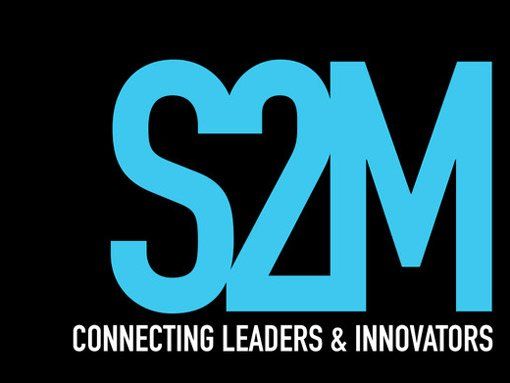Moneyball, The Process and The Future: Sports Technology’s continual gain in momentum and importance
The 2002 Oakland Athletics’ baseball team may have marked the start of the rise of technology and technical analysis in sport. Using sabermetric (big data in baseball) analysis alone, the team was able to craft the longest winning streak in all of baseball. For those of you that don’t know, the team’s performance forms the backbone of the film Moneyball.
The team’s performance is marked as significant due to a number of key factors, most notably that the decision to build the team was centred around analysis done on computers. It marked the first time that big data in sport had been used to craft a team, and the record still stands today as a testament to the effectiveness of big data in sport.
Fast forward to now and the use of technology in sport is transforming the way games are played, how teams are run and even how we view winning.
The Process: Philadelphia 76ers use of econometrics
One of the most fairytale stories in sports as of right now is that of the Philadelphia 76ers. In case you haven’t heard, Philadelphia are one of the oldest teams in the NBA, and by extension one of the least successful. As part of their 2013 season, the team hired a general manager Sam Hinkie to “build a team to win them a championship”. Sam Hinkie, an MBA graduate, decided that the best thing to do was to look at the data surrounding how to best do this. What he found was that the way to win an NBA championship was through the draft, or selecting young players and training them into a championship team. Right now the Philadelphia 76ers are on the cusp of winning that championship.
Hinkie was not a genius by any stretch. All he did was create an excel spreadsheet and see that historically, the best way to win a championship was lose. It was so clear to him, but nobody had bothered looking at the problem this way.
The Future: The rise of sports technology
Now, I’ve just given two very simple examples of the use of data in sport. The great trend we are seeing now however is not that the 76ers are winning because of some unbelievably talented draft picks, what we are seeing is the use of data in sport.
Technology allows us to quantify the unquantifiable. We can build, measure and learn from the datasets of history, and with technology we are able to see new and exciting ways to generate wins in sport.
I was recently talking to a training manager at the training practice of one of the largest and most popular A-league sides. One of the things that caught my eye was how the players were being monitored. Each player wore a small chest strap. They were then weighing and swabbing the players as they came off the pitch. When I asked what they were doing, he presented something so profound I could hardly comprehend.
What the side was doing was measuring the amount of water lost during a game for each given player. From taking this data, they would measure when a player needed to be subbed out, and consequently what the optimal time was to keep a player on the field.
If this is the future, then the future excites me. On a long enough timeline we may see the effectiveness of technology in sport wane as all teams have the same tech available, but for now the future for technology in sport is bright.






